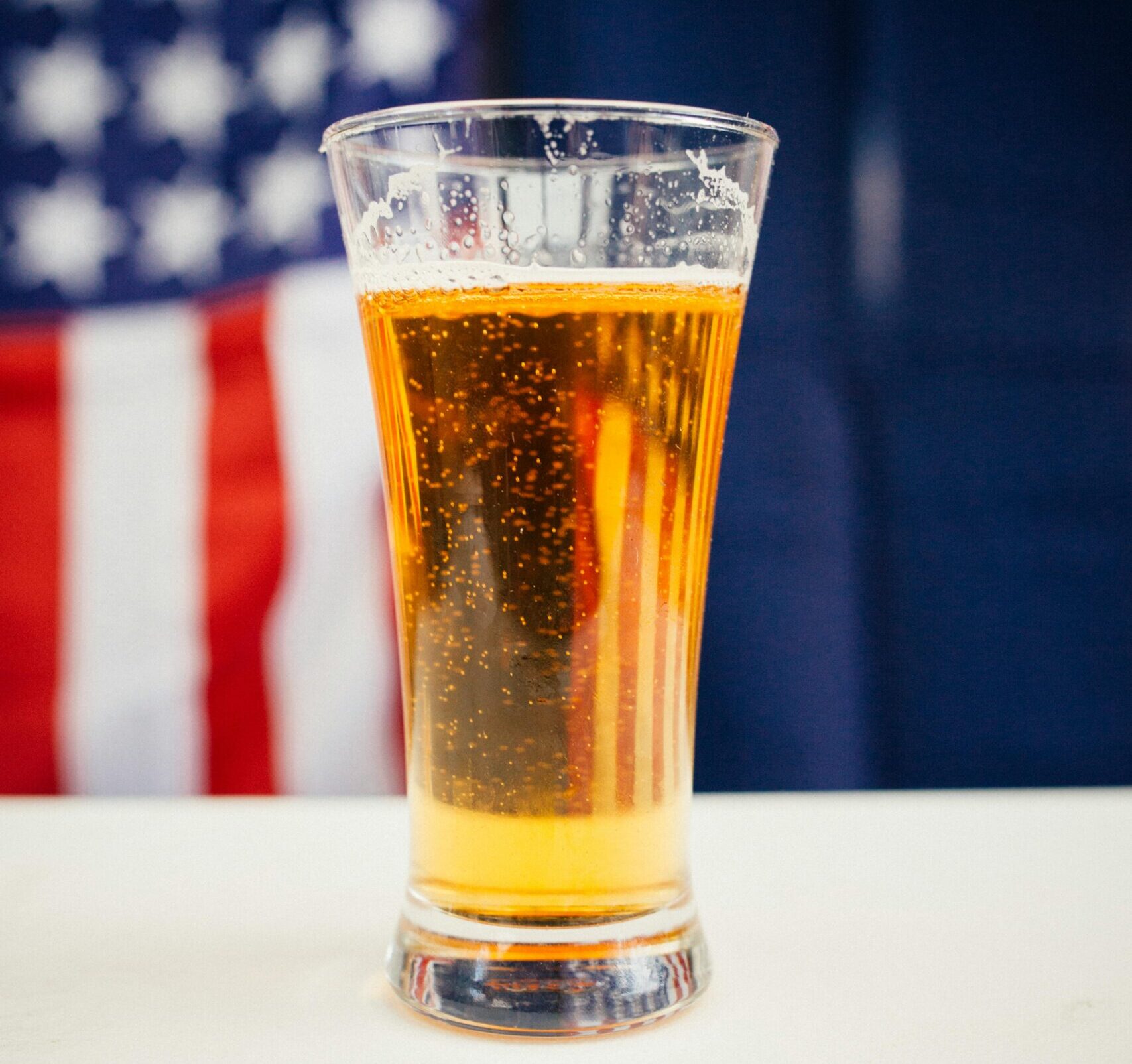Your favorite craft brew carries an unwelcome passenger. Recent laboratory analysis reveals that nearly every American beer contains detectable levels of PFAS—synthetic compounds that linger in both environment and human body for decades.
The 2025 study published in Environmental Science & Technology tested 23 beers from coast to coast. Researchers discovered forever chemicals in 95% of samples, with contamination patterns mirroring local water quality reports with surgical precision.
Municipal water writes the contamination narrative. Jennifer Hoponick Redmon from RTI International, who spearheaded the research, reveals the stark connection. Nearly every beer they tested had at least one detectable PFA compound in it. And that’s directly tied to the municipal water used during the brewing process.
Standard brewery filtration cannot capture these molecular ghosts. PFAS compounds slip through conventional water treatment like morning mist through mountain pines, accumulating in finished products where consumers least expect them.
North Carolina’s Cape Fear River Basin produces beers with the most alarming concentrations. This region has wrestled with industrial PFAS contamination for years, with compromised water supplies now translating directly into locally brewed beverages.
The brewing industry acknowledges the water quality challenge ahead. The Brewers Association emphasizes that “water quality is fundamental to brewing” and supports efforts to protect water supplies from contamination. Some craft breweries are already exploring advanced filtration technologies, though the investment represents a significant operational shift.
Health implications stretch beyond weekend consumption. It is not just beer, but even baby food can be affected. PFAS exposure connects to cancer risks, hormone disruption, and immune system compromise. Even the top brew havens cannot escape contamination when their municipal sources carry these persistent compounds.
Batch inconsistency adds another layer of concern. The study revealed that six-packs of identical beer showed can-to-can PFAS variations, suggesting uneven contamination throughout production runs.
This discovery transforms water sourcing from routine utility to critical quality control. Breweries face costly treatment upgrades, but the alternative—continued contamination—threatens both public health and industry credibility. Every tap now demands scrutiny that extends far beyond taste.


















